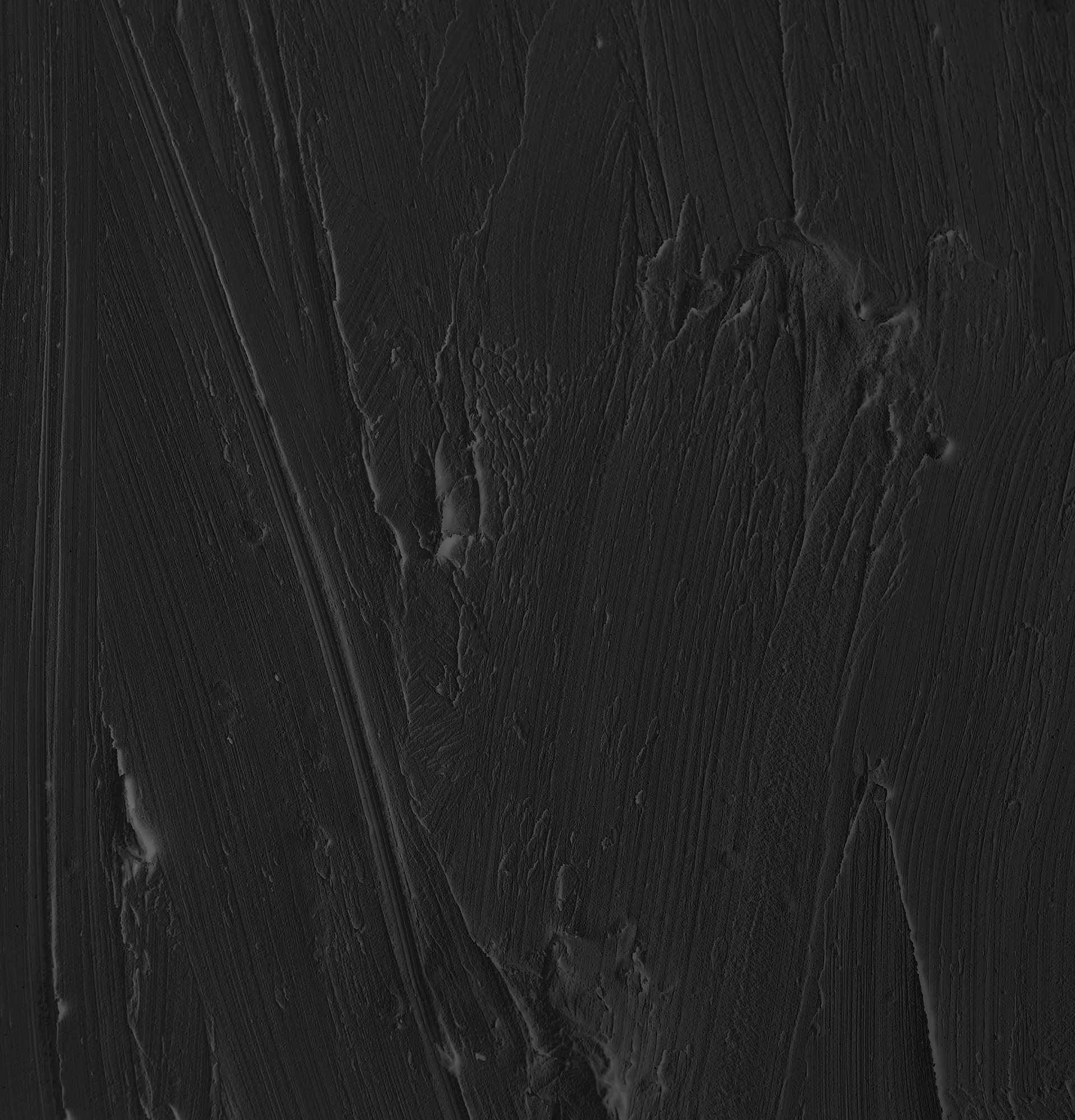Fort Walton Beach, FL
428 Mary Esther Cut Off NW Unit A,
Fort Walton Beach, FL
32548, United States
(850) 374-3595

subscribe
Fort Walton Beach, FL
428 Mary Esther Cut Off NW Unit A,
Fort Walton Beach, FL
32548, United States
(850) 374-3595
Gulf Breeze, FL
To book and check for availability
 There are numerous differences between waxing and shaving. Some of them include cost, side effects, and the longevity of results. Before you choose one over the other, it’s important to consider these differences.
There are numerous differences between waxing and shaving. Some of them include cost, side effects, and the longevity of results. Before you choose one over the other, it’s important to consider these differences.
Waxing is a much more convenient method of removing unwanted hair. In fact, it saves you from irritated skin, razor burns, and rashes. It’s also less painful than shaving.
However, it’s important to prepare your body for the treatment before you go. A few things to remember include not shaving around the waxed area.
It’s also wise to use a product with a nourishing serum, which will help prevent redness and breakouts. Taking ibuprofen before a waxing session will also help ease the pain.
You should also avoid shaving the area before you get waxed. This will ensure that you won’t be bitten by the hot wax.
If you do have a sensitive area, wait at least a week before you have the treatment. For better results, you can also thread your hair.
While both methods have their drawbacks, it’s better to go for the waxing method. The hair will grow back thinner, allowing you to wear shorter and more stylish clothes.
Waxing is an excellent option for unwanted hair management. It removes hair at the root, allowing you to keep it free for longer than with shaving. However, it can also have some negative side effects.
When you wax your hair, it can be painful. This is because the wax will pull the skin out in a different direction than the hair is growing. So it is important to treat the area with a warm compress to ease the pain.
Some of the side effects of waxing can include bruising, bumps, and inflammation. If you are experiencing any of these, you may want to stop waxing.
You can minimize the side effects of waxing by choosing a good product. One of the best products to use is a hypoallergenic shaving cream.
Ingrown hairs are another side effect of waxing. If you don’t prepare your skin properly before waxing, you could get ingrown hair. To prevent ingrown hair, you should exfoliate your skin.
When you’re deciding between waxing or shaving, you’ll want to consider both the short- and long-term results. You’ll also need to think about your skin’s sensitivity and the cost of each method.
Waxing can produce longer-lasting results than shaving. It pulls hair from the root, rather than just from the surface. This allows the hair to grow back thinner and in fewer numbers.
Waxing can also be done at home, as opposed to a professional salon. A waxing technician can give you unbiased advice. But beware: Waxing may irritate your skin. Some people experience bumps and rashes.
If you’re concerned about ingrown hairs, be sure to moisturize after waxing. Also, avoid picking at ingrown hairs, as this can cause irritation. In addition, ibuprofen can help reduce pain and inflammation.
Shaving can be less painful than waxing. But it can also lead to ingrown hairs and razor burns. To keep your skin smooth and irritant-free, use a gentle, unscented cleanser. A great post
Waxing does require more time and money, but it can be less expensive than laser hair removal. Lasers also provide permanent results.
Shaving and waxing are two common methods of hair removal. Each method has its pros and cons, and it’s important to understand them before choosing one. Browse around this site
Waxing is a more expensive option than shaving, but it can provide better results. This is due to the fact that shaving leaves the hair on the surface of the skin, and waxing removes the hair from the root. In turn, the result is a longer-lasting result.
On average, a waxing appointment costs around $50-$70. The cost will vary by the area of the body and the type of wax used.
While shaving can save you money, it can also lead to ingrown hairs and razor bumps. If you have sensitive skin, the resulting irritation could be worse.

subscribe
Save 10% on your first visit.
Enter email for code.
